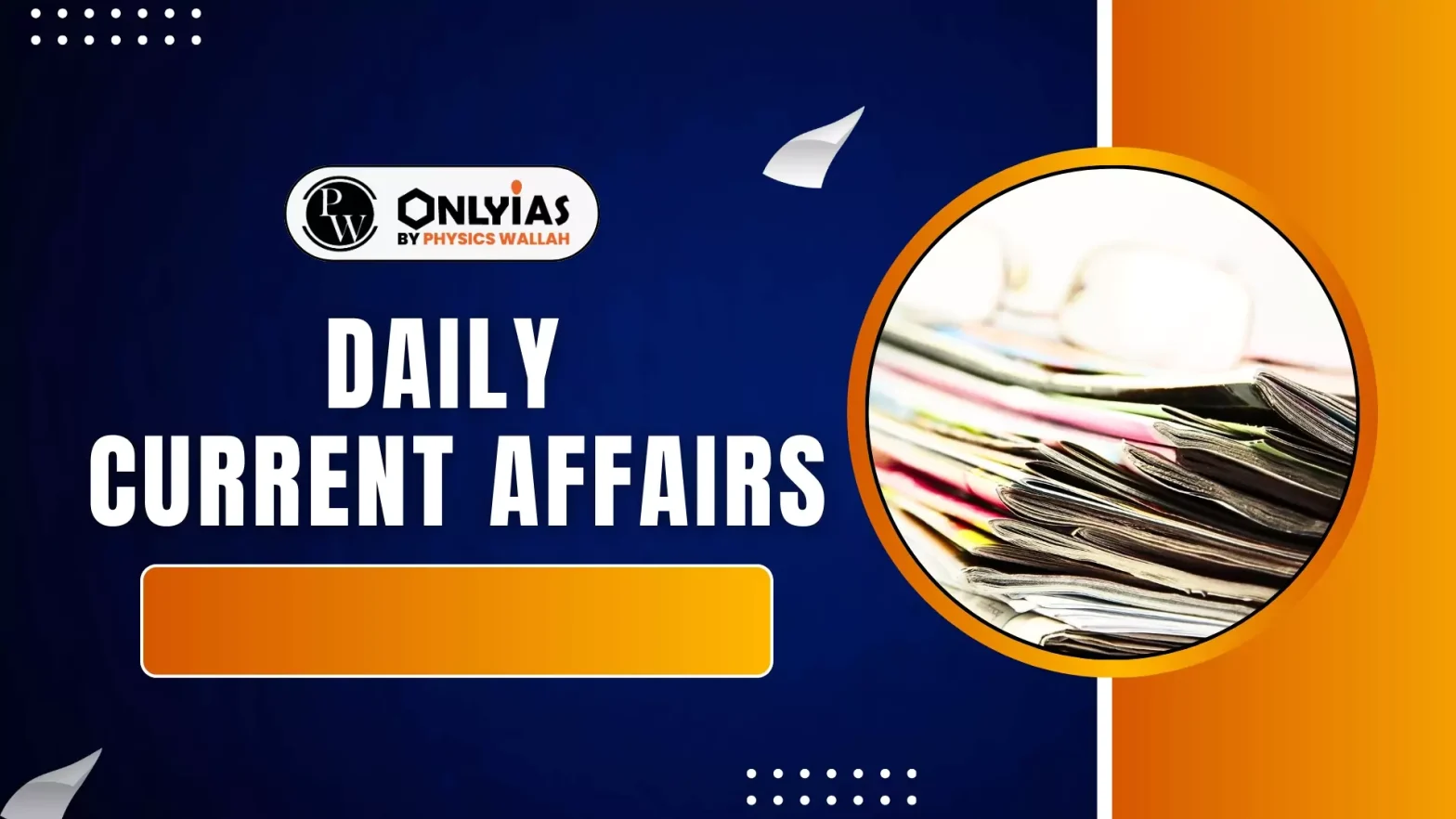On International Literacy Day 2025, the Ministry of Education declared Himachal Pradesh the fifth State/UT to achieve full functional literacy with 99.30% literacy, after Tripura, Mizoram, Goa, and Ladakh.
- India’s literacy rate has increased from 74% in 2011 to 80.9% in 2023–24.
Definition of Literacy and Full Literacy (As per the Ministry of Education (MoE))
- Literacy: Ability to read, write, and compute with comprehension; includes digital literacy, financial literacy, and critical life skills.
- Full Literacy: Achieving 95% literacy in a State/UT (considered equivalent to 100%).
- Assessment: Under NILP, a non-literate person is officially recognised as literate upon clearing the Foundational Literacy and Numeracy Assessment Test (FLNAT).
About the Foundational Literacy and Numeracy Assessment Test (FLNAT)
- Overview: FLNAT is a nationwide test conducted under the ULLAS initiative, implemented across all districts of participating States and Union Territories.
- Aim: Designed to assess the foundational literacy and numeracy skills of registered non-literate learners aged 15 and above.
- Test Language: Administered in the learners’ regional language, supporting multilingualism as emphasised by NEP 2020.
- Assessment Coverage: Evaluates Reading, Writing, and Numeracy, with each section carrying 50 marks, totalling 150 marks.
- Implementation: Conducted across all districts of participating States/UTs at District Institutes of Education and Training (DIETs) and government/aided schools.
- Certification: Successful learners receive certificates from the National Institute of Open Schooling (NIOS).
|
About New India Literacy Programme (NILP)
- Overview: NILP, also known as ULLAS (Understanding of Lifelong Learning for All in Society), is a centrally sponsored scheme aimed at eradicating illiteracy among individuals aged 15 years and above.
- Ministry: Ministry of Education (MoE)
- Tenure: Implemented during FY 2022–27 (5 years).
- Implementation: NILP is volunteer-driven, leveraging the support of student volunteers and community participation for teaching and learning.
- Beneficiaries: The beneficiaries under the scheme are identified through door to door survey on the Mobile App by the surveyors in the States/UTs.
- All the non-literate above 15 years of age can avail the benefits of the scheme.
- Objective
- Target all non-literate adults (15+ years), with emphasis on women and educationally backward states.
- Educate 5 crore learners (1 crore per year) through the Online Teaching, Learning and Assessment System (OTLAS), developed with NIC, NCERT, and NIOS.
- Five Components of NILP
-
- Foundational Literacy and Numeracy (FLN) – Basic reading, writing, and arithmetic.
- Critical Life Skills – Digital literacy, financial literacy, health awareness, and legal literacy.
- Basic Education – Equivalent to Classes 3, 5, and 8.
- Vocational Skills Development – Skill-building to enhance employability.
- Continuing Education – Lifelong learning opportunities and community libraries.
Challenges faced due to Illiteracy
- Financial Transactions: Difficulty in handling and understanding financial matters.
- Job Applications: Inability to complete job applications and engage effectively in the job market.
- Media and Technology Comprehension: Challenges in understanding and utilising media and technology.
- Understanding Rights: Limited ability to comprehend personal rights and responsibilities.
- Participation in Productive Sectors: Restricted participation in sectors requiring higher literacy and technical skills.
Government Initiatives on Literacy
- Samagra Shiksha Abhiyan: An integrated programme for school education spanning Pre-school to Class XII, to provide inclusive and equitable quality education.
- National Education Policy (NEP) 2020: Introduces the National Mission on Foundational Literacy and Numeracy to ensure universal foundational literacy in all primary schools by 2025, with state-specific targets and timelines.
- NIPUN Bharat: Launched to achieve universal foundational literacy and numeracy for Class 3 children by 2026–27. It follows a five-tier implementation structure (National, State, District, Block, and School level) under the Samagra Shiksha scheme.
About International Literacy Day (ILD)
- Background: Since 1967, International Literacy Day has been observed annually on 8 September, following UNESCO’s 1966 proclamation.
- It serves as a reminder to policymakers and the public about the critical role of literacy in creating just, peaceful, and sustainable societies.
- Theme for ILD 2025: “Promoting Literacy in the Digital Era.”
- The focus is on digital literacy—the ability to access, evaluate, create, and share online content while fostering critical thinking, discernment of credible information, and safe digital engagement.
- Opportunities: Digital tools can expand access to learning, particularly for marginalised groups.
- Risks: Double marginalisation- Digitalisation can worsen exclusion, raise concerns over privacy, surveillance, ethics, bias, passive consumption, and environmental impact.
- Importance of Literacy:
- Recognised as a fundamental human right that enables access to other rights and freedoms.
- Provides the foundation for acquiring knowledge, skills, values, and attitudes necessary for equality, justice, diversity, tolerance, and global citizenship.
- Current Global Challenges:
- 739 million youth and adults still lack basic literacy skills (2024).
- 4 in 10 children fail to achieve minimum reading proficiency.
- 272 million children and adolescents were out of school in 2023.
![]() 9 Sep 2025
9 Sep 2025

